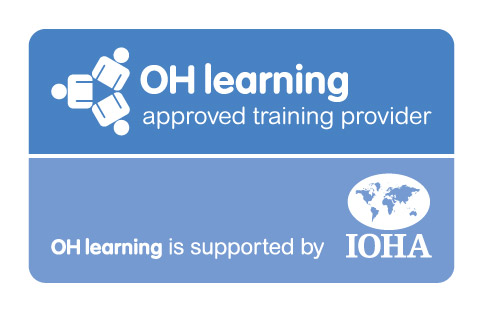Occupational Hygiene has been defined ‘as the discipline of anticipating, recognising, evaluating and controlling health hazards in the working environment with the objective of protecting worker health and well-being and safeguarding the community at large’.
Risk Assessment
‘Prevention is better than cure’ and avoiding hazardous agents ‘at source’ is the preferred option. However, statutory obligations now enshrine the maxim in EU law. Directive 89/391/EEC ‘on measures to encourage improvements in the health and safety of workers’ (generally referred to as the Framework Directive) provides a well-defined hierarchy for implementing preventative measures.
With its roots in Common Law, European and national legislation imposes a definitive Duty of Care. This is enshrined in The Safety, Health and Welfare at Work Act, 2005 which provides obligations and responsibilities for employers (and employees). Based on the foundation that controls and obligations must be commensurate with the degree of risk, the Act obliges employers to ‘do everything reasonably practicable to ensure the safety, welfare and health of his employees’.
In every workplace there is an unambiguous obligation on the employer to identify hazards, to assess risks and to thoroughly record and document the findings. The employer must also communicate the findings with statutory authorities, and with employees and their representatives. These obligations and the emphasis of recording and communicating the details to stakeholders are the cornerstones of an effective control system. Within the system there are checks and balances along with statutorily-defined duties and entitlements.
Periodically we need to review, benchmark and to question the suitability of controls by scrutinizing data and by asking questions such as:–
– Have all hazards been identified or have we overlooked anything significant?
– Have we eliminated hazards where practicable?
– Are the controls categorically appropriate for the risk – is there evidence suggesting that some are suspect?
– Is there reasonable justification to revisit any of the assumptions/data used in the risk assessment?
– Do health surveillance data re-affirm the risk assessment findings or is there a discord?
– Does our factory/workplace compare with the risk profiles of similarly exposed groups/other organisations?
– Are there factors which indicate that a review of our risk assessment is overdue?
While legislation is the primary reference point to which employers and OSH practitioners return, there are many factors and agents which influence how risk is managed. Moloney & Associates can provide expert guidance and an expert opinion on risk assessment. Sometimes an assessment will verify that a risk is well-managed and that everything that is reasonably practicable is being done. In other cases, additional controls may be requirement along with an implementation strategy.




